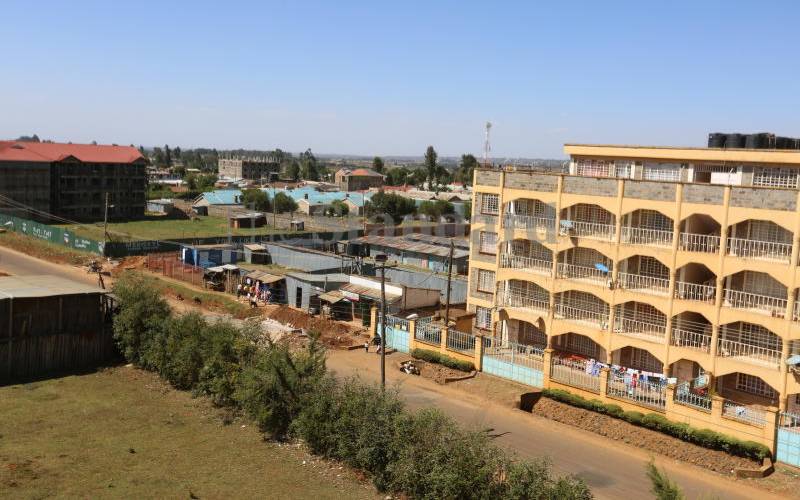×
The Standard e-Paper
Join Thousands of Readers

Eldoret town in Uasin Gishu is a fast-growing urban centre. With a population of close to half a million, based on the 2019 national census, Eldoret is the sixth most populated town after Nairobi, Mombasa, Kisumu, Nakuru and Ruiru.
It is known to have some of the oldest estates. Some of them were established as people started migrating to urban centres to seek jobs from the 60s.